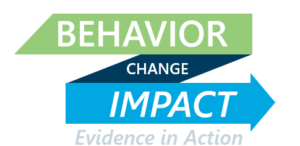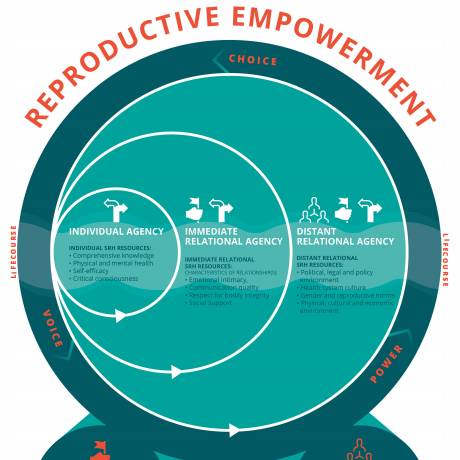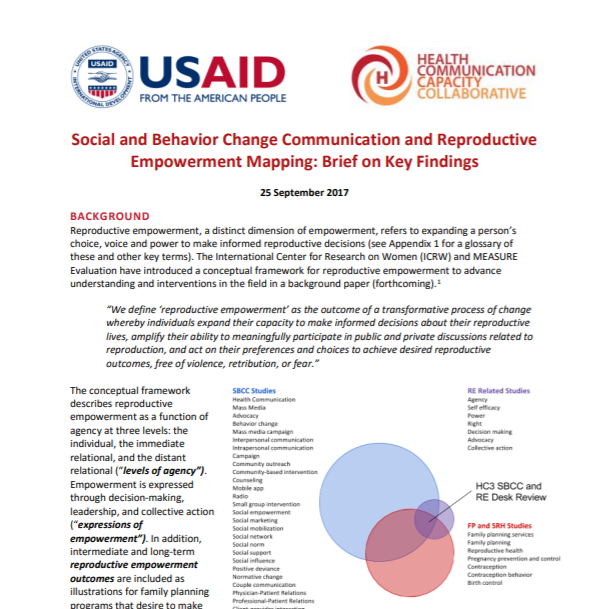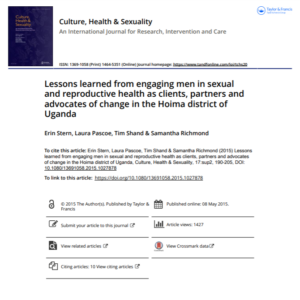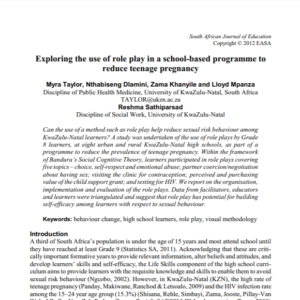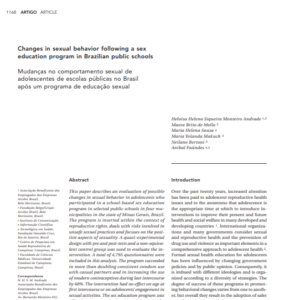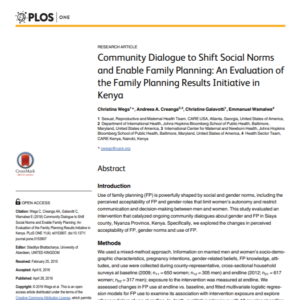About the Reproductive Empowerment Database

Reproductive Empowerment
Reproductive empowerment (RE), a distinct dimension of empowerment, is a process of change whereby individuals expand their capacity to make informed reproductive health (RH) decisions and act on their choices to achieve desired reproductive outcomes. RE includes people’s ability to participate in public and private discussions and act collectively on reproductive health matters. The Reproductive Empowerment Conceptual Model, introduced by the International Center for Research on Women, (also shown with the database) describes RE as a function of agency at three levels—levels of agency. Empowerment is also described as being exercised through three key expressions of empowerment: RH decision-making, RH leadership and RH collective action. In addition, intermediate and long-term RE outcomes are included as illustrations for family planning programs that desire to make RE a key program goal.
SBCC and RE Desk Review
The Health Communication Capacity Collaborative (HC3) scanned the literature to explore the use of social and behavior change communication (SBCC) RH interventions that address concepts in the RE conceptual model. Interventions at the individual, intermediate and/or distal relational levels, regardless of whether expected outcomes pertained to RH decision making, leadership or collective action were selected for this database (e.g., an intervention that addressed gender norms at distal relational level to affect changes in RH joint decision making). Read this brief for more details on RE and HC3’s desk review.
SBCC and RE Evidence Database
Search this database by country, target population, SBCC activity and key RE concepts. A link to the abstract and summary descriptions are provided for each study. Interactive hotspots are mapped onto the Reproductive Empowerment Model for one-click, predefined searches on each RE concept. The desk review included over 2,000 abstracts drawn from eight databases. In total, over 50 studies are highlighted in the Reproductive Empowerment Evidence Database.
See the other Family Planning / Reproductive Health databases:
FEATURED ARTICLES
- Tavadze et al. (2009). Addressing social factors of adolescent reproductive health in the Republic of Georgia. Global Public Health: An International Journal for Research, Policy and Practice, 4(3), 242-252
- Pulerwitz et al. (2015). Changing gender norms and reducing HIV and violence risk among workers and students in China. Journal of Health Communication, 20(8), 869-878
- Underwood et al. (2012). Community capacity as means to improved health practices and an end in itself: Evidence from a multi-stage study. International Quarterly of Community Health Education, 33(2), 105-127
- Krishnan et al. (2016). Impact of a workplace intervention on attitudes and practices related to gender equity in Bengaluru, India. Global Public Health: An International Journal for Research, Policy and Practice, 11(9), 1169-1184
- Stern et al. (2015). Lessons learned from engaging men in sexual and reproductive health as clients, partners and advocates of change in the Hoima district of Uganda. Culture, Health & Sexuality, 17 Suppl 2, S190-205
- Taylor et al. (2012). Exploring the use of role play in a school-based programme to reduce teenage pregnancy South African. Journal of Education, 32(4), 441-448
- Andrade et al. (2009). Changes in sexual behavior following a sex education program in Brazilian public schools. Cadernos De Saude Publica, 25(5), 1167-1175
- Meekers et al. (2003). The impact on condom use of the “100% Jeune” social marketing program in Cameroon. Journal of Adolescent Health, 36(6), 530
- Wegs et al. (2016). Community Dialogue to Shift Social Norms and Enable Family Planning: An Evaluation of the Family Planning Results Initiative in Kenya. PLoS One, 11(4), e0153907
